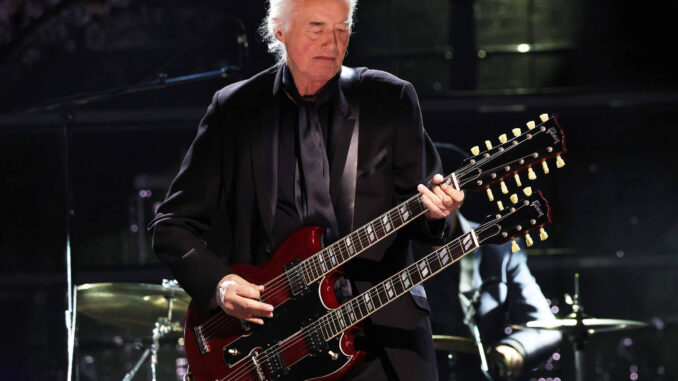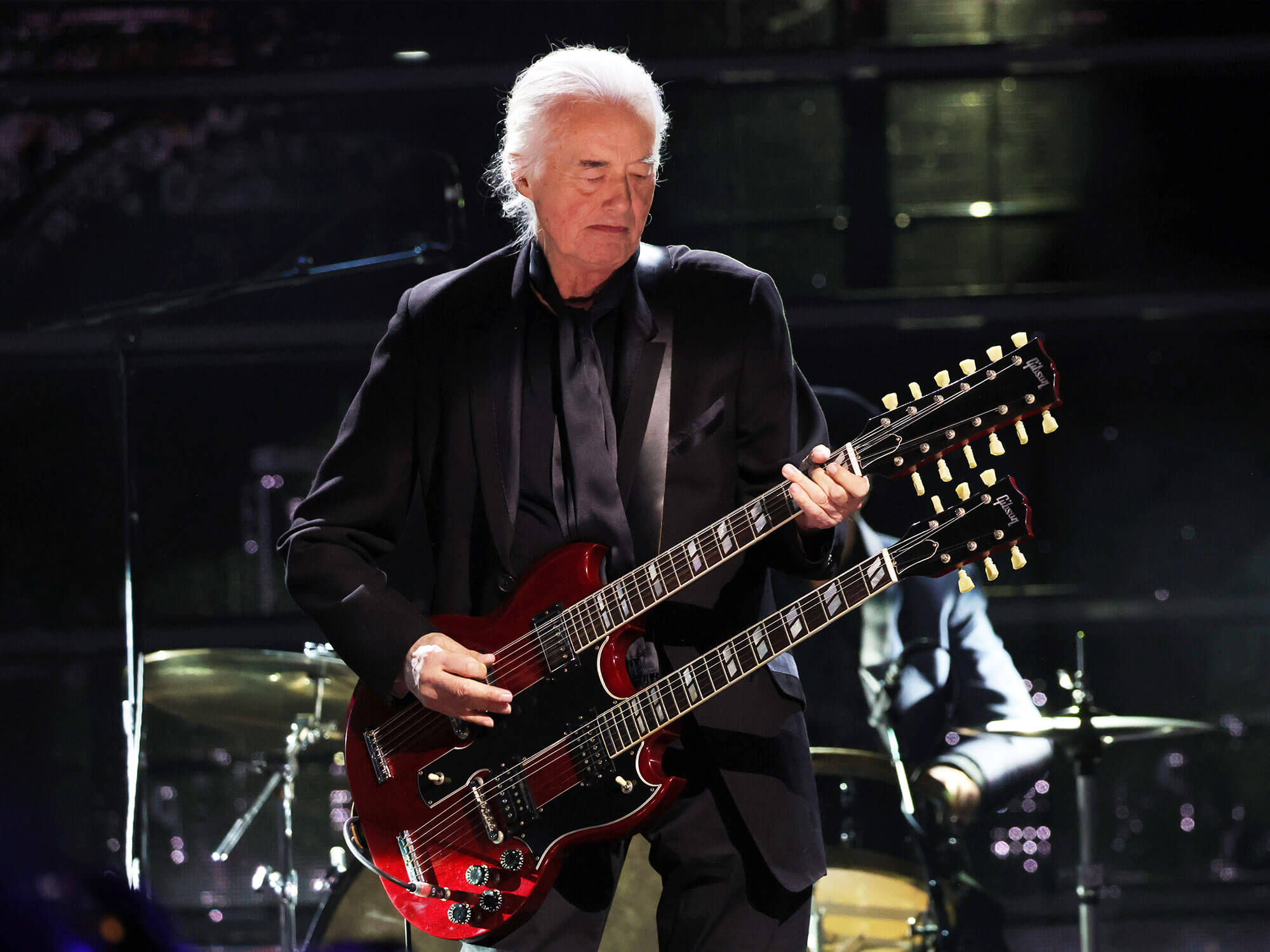

“I’m not sure how it’s done,” said the guitarist who managed to stump Jimmy Page.
Jimmy Page can be stumped with a lot of things. After all, he’s the guy whose guitar playing put the entire world on a string for many years. With The Yardbirds, Page had been elevating the six-string to new heights even before Led Zeppelin made their debut in 1969. Following his untimely death, Led Zep dedicated himself to a number of endeavors that upheld the unquestionable reputation he established with them.
In the 1960s, Page flourished as one of London’s most sought-after session players, honing both his technical and creative approaches. This gave him access to the limitless opportunities that come with producing and writing songs, and it also helped him come up with the concept of making rock music far more ethereal and dark than it was at the time.
As a session musician with the greatest of the era, he gained firsthand knowledge of the difficulties involved in making popular music and a comprehensive perspective on the advantages and disadvantages of its current state. This implied that Page knew exactly what he wanted to accomplish and how he would accomplish it when he joined The Yardbirds in 1966.

During these two years, he formed a brief but significant dual assault with his close friend Jeff Beck, which turned rock around and toward its future.
This audacity laid the groundwork for Led Zeppelin, who rose from the ashes of The Yardbirds and witnessed Page’s development open the door to his destiny via his electrifying production, songwriting, and guitar playing. The band was the biggest and most exciting band on the planet when they released Led Zeppelin IV in 1971. Jimmy Page was the best around since The Beatles were no longer together and Jimi Hendrix had died tragically the year before. He innovated in a variety of ways, from groundbreaking punk on “Communication Breakdown” to shimmering technical mastery on “Stairway to Heaven.”
You would think that Page would have so much experience and wisdom on the fretboard that he wouldn’t be surprised by anything, given his extensive list of accomplishments. He was, nevertheless, astounded by Clarence White of The Byrds. Prior to their 1973 breakup, White was brought in to replace the departing Gram Parsons in 1968 and was instrumental in the band’s transition from psychedelia to country rock.
White’s use of the B-Bender, a string-bending instrument he created with fellow Byrd and multi-instrumentalist Gene Parsons, is a defining characteristic of this era. The gadget is so closely associated with White and Parsons that it is referred to as the “Parsons/White B-Bender.”
In a 2023 interview with Guitar Player, Page described how The Byrds’ 1970 (Untitled) live album’s B-Bender sound left him perplexed. The renowned guitarist thought to himself, “I don’t know how it’s done,” when he first heard it.
“When I listened to the live album by the Byrds [1970], Untitled, I thought to myself, ‘What the hell is he doing?'” “I can’t fathom this out-I don’t know how it’s done,” he recalled, referring to the live album where he first heard Clarence use it on the Byrds’ Sweetheart of the Rodeo.
It didn’t take long for Page, a guitarist who took great satisfaction in being at the forefront of innovations, to obtain a B-Bender. Throughout Led Zeppelin’s later years, he employed it on both of their last albums, In Through the Out Door and Coda.

Leave a Reply